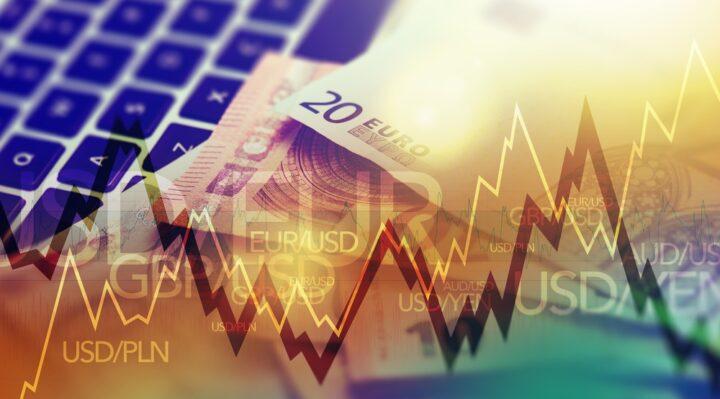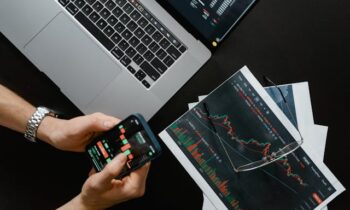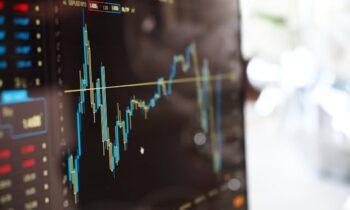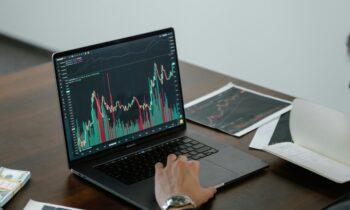When we speak about forex markets, typically, we think of the financial instruments being traded rather than the individuals behind those trades. That tends to lead to a very mechanistic view of forex markets. The traders operating in forex markets play a massive role in price formation. Price formation occurs as a consequence of the interplay of supply and demand, and that interplay is driven by market sentiment. Understanding where market sentiment is trending gives investors a considerable edge in the market.

What is Market Sentiment?
Market sentiment seems like a gooey thing, but it is, in fact, a very real and investable phenomenon. Market sentiment represents what groups of actors within the market feel and believe at any point in time. This can be determined by looking at instances of natural language used by traders and critical economic actors.
Broadly, in a bull market, sentiment is positive, and in a bear market, sentiment is negative. Sentiment analysis can help traders understand if the market has doubts about the sustainability of a price trend or market conditions and if a trend reversal or continuation is likely. Generally, you want to have the market on your side, to minimize downside risk. You may disagree with a trend and still trade it, with an eye at the exit, using sentiment analysis as a guide. You can use the market sentiment as a contrarian or procyclical market indicator, depending on the nature of your thesis.
How to Use Market Sentiment in Trading
- Use Sentiment Indicators
Sentiment indicators are graphic or numeric depictions of market sentiment. For instance, a sentiment indicator can be a ratio of long and short positions for a given currency pair. For example, if 65% of USD-EUR trades are long, and the balance is short, then the market is net long. The extent of the difference tells you just how strong market sentiment is.
Forex traders should look at the IG Client Sentiment, Commitment of Trader, and Commodity Futures Trading Commission reports to grasp market positioning.
- Use Sentiment Analysis
Sentiment analysis is a field of machine learning in which you use natural language processing (NLP), text analysis, computational linguistics, and biometrics to determine market sentiment. This is perhaps the most sophisticated way to determine market sentiment.
You can be ambitious with the amount of data that you want to feed into your program because it will be able to handle vast amounts of data that you cannot look at, from newspapers to trade reports, tweets, and other sources of forex-related natural language.
- Look for Extremes
As we said before, market sentiment can serve to confirm a trend or be used as a contrarian signal. You should not trade purely on sentiment, but it can be a powerful supporting tool.
If you are looking to confirm a trend, you want to have an extreme market sentiment such that the market is overwhelmingly net-long or net-short. The more significant the gap between long and short positions, the more powerful the trend, and the less likely it is to reverse.
- Try and Falsify Your Thesis
The market is a laboratory of ideas. You’re not in it to be correct, you’re in it to make money. That means investing in the best idea, not in being proved right. So you need to be scientific in your approach and look for signals that will disprove your thesis. Testing your thesis in this way is a good discipline to have.
For instance, if your technical or fundamental signals tell you that there is an opportunity in the market, but sentiment analysis suggests different, this is an excellent time to walk away from your thesis.
- Look at Volume
Volume is a very simple but powerful indicator of market sentiment. Although it does not tell us in what direction the market is going, it does tell us what the strength of sentiment is. For instance, volume data for a currency pair may show that although one currency is getting stronger, that strength is on the back of thin volume, in which case, the conclusion should be that market sentiment is declining.
OTC markets do not always have reliable data, so the usefulness of this depends on the currency pair or market.
- Market Volatility
Market volatility refers to changes in the price of currency pairs. It looks at the difference between opening and closing prices over a specific period, such as a day.
For instance, a currency pair that moves 5 to 10 pips has lower volatility than one that fluctuates 50 to 100 pips.
Less volatile currencies, such as the Japanese yen, the US dollar and the Swiss franc, are safe haven currencies for investors. In contrast, exotic currencies such as the Turkish lira, the Mexican peso, Thai baht and Indian rupee, are more volatile.
Volatility is a good signal of whether a currency matches your trading style and goals.
- Use the News to Figure Out Market Direction
One study showed that using the news to determine market sentiment can give forex traders an edge in the market. The study predicted the direction of the South African Rand (ZAR) 55.4% of the time, having looked at 100,000 trades and a holding period of one minute. This is very important for high-frequency traders. According to the Bank of International Settlements (BIS), one news-driven model could forecast future rate decisions by the Bank of Indonesia, better than consensus estimates by economists.
- Preparing for Disaster
Often, traders have a sense of when adverse events are happening, even if that is not reflected in their trades. This happens when constraints prevent them from doing what sociologists call, voicing and dissenting, and betting how they feel. Studying trading reports and the news may give a sense of where traders think the market is going, even if that hasn’t yet manifested in their trades.
- Bet Sizing
Your ability to make money is a function of the size of your bet. You need a bet sizing system, such as the Kelly criterion, to tell you how much of your capital to bet on an investment thesis. Market sentiment can provide you with the support for your thesis that you need, by telling you if the market’s direction will make your thesis pay off.



